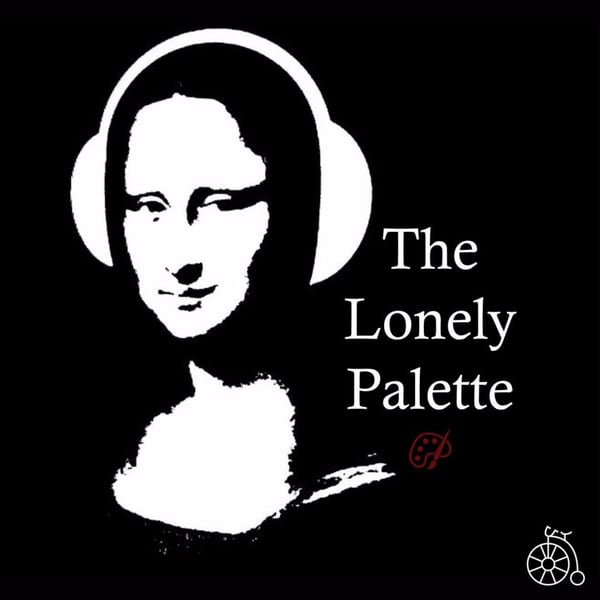TLP Interview with Dr. Rachel Saunders, Curator, Harvard Art Museums
The Lonely Palette
The Lonely Palette
4.8 • 857 Ratings
🗓️ 23 July 2021
⏱️ 59 minutes
🧾️ Download transcript
Summary
Transcript
Click on a timestamp to play from that location
| 0:00.0 | When the exhibition Painting Edo opened at the Harvard Art Museums in February of 2020, |
| 0:07.0 | it was, as my dad likes to say, an event. |
| 0:11.0 | It wasn't just the largest single exhibition the museum had ever mounted, |
| 0:16.0 | showcasing a world-class collection of paintings from the Edo period in Japan, |
| 0:20.0 | which, if you know your history, lasted from around 1615 to 1868. |
| 0:26.6 | It was also really, really well done. |
| 0:30.6 | Which, when it comes to displaying both a donated gift, |
| 0:35.6 | and, moreover, explaining non-Western art to a largely Western audience, |
| 0:41.7 | well, it's a tough needle to thread. And I know how well they did it, because I was there, |
| 0:48.6 | that February, in the galleries, on assignment for the New York Review of Books. And as we moved through the galleries, |
| 0:55.6 | none of us had any sense that we were popping in for an hour to stroll among priceless deck |
| 1:00.6 | chairs on the Titanic. The exhibition closed a month later and stayed closed until the objects |
| 1:07.7 | came down at the beginning of June in 2021. |
| 1:18.6 | COVID took a lot from us, tangible, intangible, and I don't think it's trivial to count museum exhibitions and experiences among the losses. |
| 1:25.6 | But I also think it's important, as the pandemic recedes, at least where I am, at least right now, |
| 1:33.3 | that it gave us something to. |
| 1:36.3 | Specifically, all these museums that had been forced to close their doors for a year or more |
| 1:42.3 | learned a tough lesson in accessibility, and how |
| 1:46.7 | accessible these museums have always ever been, both to the communities they serve and to the |
| 1:52.8 | audiences who will never actually cross their thresholds. |
| 1:57.0 | And painting Edo in particular, and as we'll see, once it closed down, |
| 2:01.6 | offered a masterclass in what it means to organize an exhibition during our current moment, |
... |
Please login to see the full transcript.
Disclaimer: The podcast and artwork embedded on this page are from The Lonely Palette, and are the property of its owner and not affiliated with or endorsed by Tapesearch.
Generated transcripts are the property of The Lonely Palette and are distributed freely under the Fair Use doctrine. Transcripts generated by Tapesearch are not guaranteed to be accurate.
Copyright © Tapesearch 2025.

